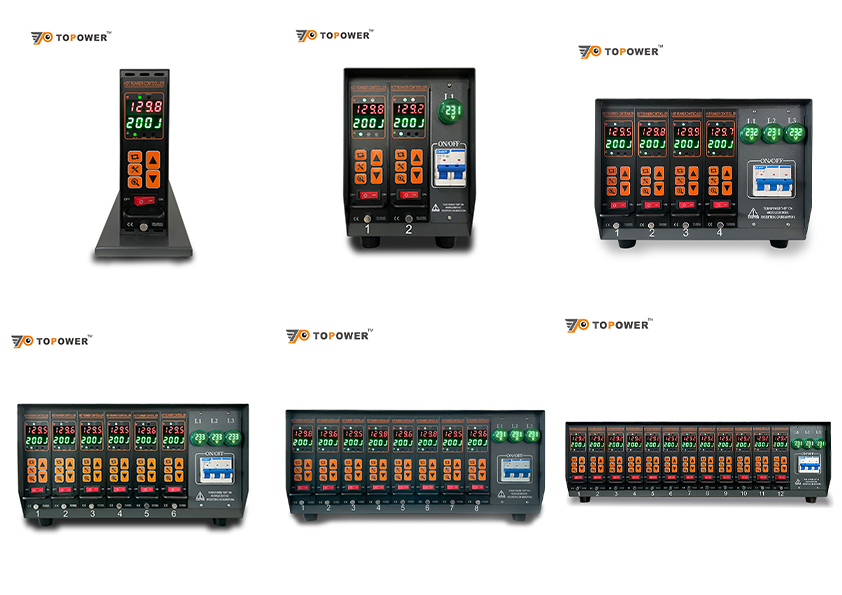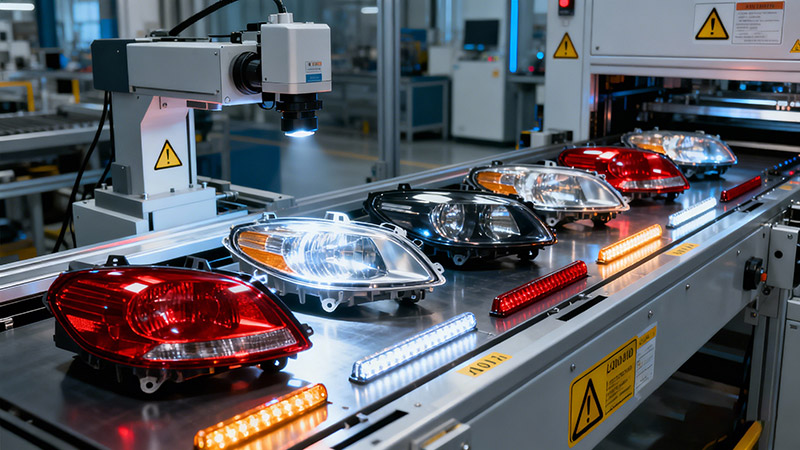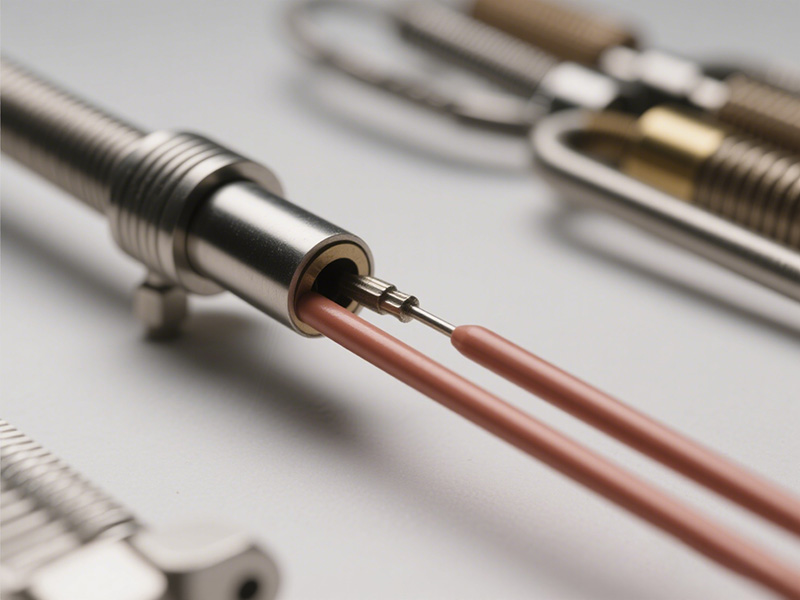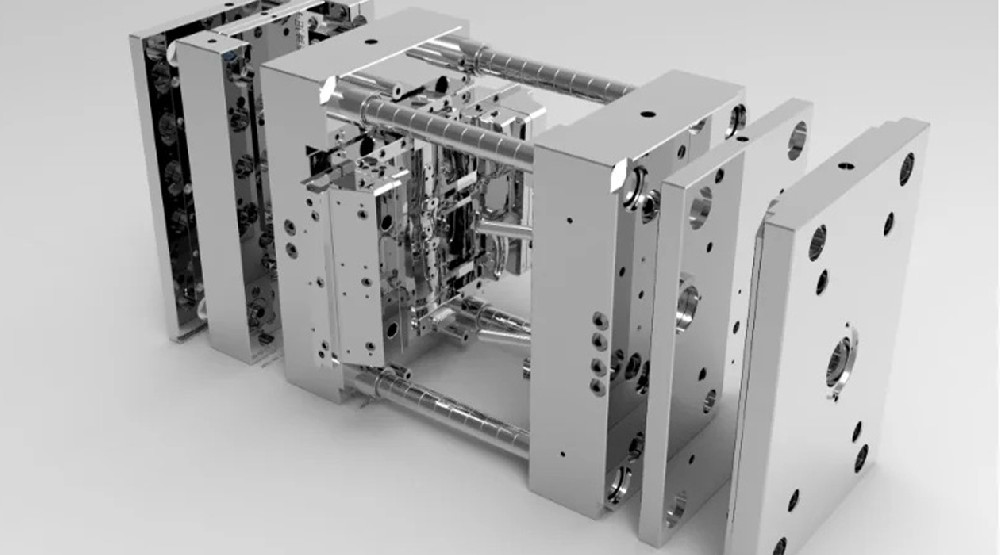Choosing the right material is one of the most critical steps in automotive plastic injection ...
The Importance of Precise Hot Runner Temperature Control
Introduction
In plastic injection molding, the hot runner system is a highly efficient and widely used technology. By heating and precisely controlling the temperature of the plastic melt, it ensures optimal flowability and molding performance during injection. The core of the hot runner system lies in temperature control, and precise temperature control is the key to achieving high-quality products, efficient production, and cost-effective operations. To maximize productivity and product quality, maintaining precise temperature control is crucial.
Basic Principles of Hot Runner Temperature Control
The temperature control of a hot runner system is typically achieved through temperature controllers, which monitor and adjust the temperature of different heating zones in real time. This ensures that the plastic melt remains stable throughout the injection molding process.
1. Multi-Zone Independent Control
Modern hot runner systems use multi-zone independent temperature control, where each heating zone has its own dedicated temperature controller and sensor. This design allows for precise temperature adjustments according to mold structure and plastic properties, ensuring even heating and preventing localized overheating or cooling issues.

2. Real-Time Feedback and Precision Adjustment
Temperature controllers rely on high-precision sensors to continuously monitor temperature fluctuations and quickly adjust heating power to keep temperatures within the target range (typically within ±1°C or even lower).
3. Temperature Uniformity
In addition to maintaining stable temperatures in each heating zone, the overall temperature distribution within the hot runner system must be uniform. Uneven temperature distribution can lead to melt cooling or overheating, which negatively impacts product quality.
The Necessity of Precise Hot Runner Temperature Control
1. Enhancing Product Quality
Temperature fluctuations directly affect the flow behavior of the plastic melt, leading to various molding defects, such as:
Surface Defects: Flow marks, shrinkage, and inconsistent gloss, which impact the final appearance.
Dimensional Deviation: Uneven temperature distribution results in inconsistent shrinkage rates, affecting product dimensional accuracy.
Internal Stress Issues: Poor temperature control can cause residual stress during cooling, compromising mechanical properties and durability.
Precise temperature control effectively prevents these issues, ensuring smooth surfaces, accurate dimensions, and stable mechanical properties.
2. Improving Production Efficiency
Effective temperature control significantly boosts production efficiency in the following ways:
Shorter Molding Cycles: Stable temperature regulation accelerates plastic melt flow and cooling, reducing overall cycle time.
Lower Scrap Rate: Temperature fluctuations are a major cause of defective products. Accurate control reduces waste and improves yield rates.
Minimized Downtime: Poor temperature control can cause hot runner blockages or system failures. Precision control helps prevent such issues, extending equipment lifespan.
3. Reducing Production Costs
Precise temperature control not only enhances efficiency but also cuts down operational costs:
Reduced Material Waste: Lower defect rates mean less wasted plastic material.
Energy Savings: Efficient temperature regulation prevents unnecessary heating, reducing energy consumption.
Extended Mold Life: Stable temperature control minimizes thermal stress on molds, prolonging their service life.
4. Adapting to Diverse Production Needs
Modern injection molding involves processing a variety of plastic materials and complex product designs. Different plastics have unique temperature requirements, and precise temperature control allows for:
Quick adaptation to different materials, ensuring optimal molding conditions.
Improved molding for complex designs, ensuring the melt fully fills the mold without underfilling or overfilling issues.
Challenges in Achieving Precise Temperature Control
Despite its importance, precise temperature control presents several challenges:
Sensor Accuracy and Response Time: Low-precision sensors can result in lagging or inaccurate temperature adjustments.
Heating Element Uniformity: Uneven power distribution in heating elements can cause localized overheating or cooling.
Environmental Factors: Variations in ambient temperature and cooling system performance can affect temperature stability.
Solution Strategies
To address these challenges, modern hot runner systems incorporate PID (Proportional-Integral-Derivative) control algorithms, high-precision sensors, and high-performance heating elements to ensure more stable and precise temperature regulation.
Future Trends: Smart and Energy-Efficient Temperature Control
With the advancement of Industry 4.0 and smart manufacturing, hot runner temperature control is evolving toward intelligent, efficient, and energy-saving solutions. Future developments may include:
1. Intelligent Temperature Control Systems
·IoT (Internet of Things) Integration for remote monitoring and real-time data analysis, improving control precision and automation.
Big Data Analytics to optimize temperature control parameters and enhance process stability.
2. Adaptive Control Algorithms
AI (Artificial Intelligence) and Machine Learning to enable systems to self-optimize temperature settings based on real-time production data.
Enhanced adaptability for different plastic materials, mold structures, and process requirements.
3. High-Efficiency and Energy-Saving Technologies
Development of more energy-efficient heating elements to reduce power consumption and improve thermal efficiency.
Optimized control algorithms to minimize energy waste and lower carbon emissions.
Conclusion
Precise hot runner temperature control is a crucial technology in plastic injection molding. It not only directly impacts product quality and production efficiency but also plays a key role in cost control, energy savings, and extending equipment lifespan. As market demand for high-precision and high-performance plastic products continues to grow, the importance of accurate temperature control will become even more evident.
For injection molding manufacturers, investing in high-performance hot runner temperature control systems is essential for enhancing competitiveness and optimizing production processes. Looking ahead, as smart manufacturing technologies continue to evolve, hot runner temperature control will become more precise, efficient, and intelligent, driving greater value for the plastic molding industry.





